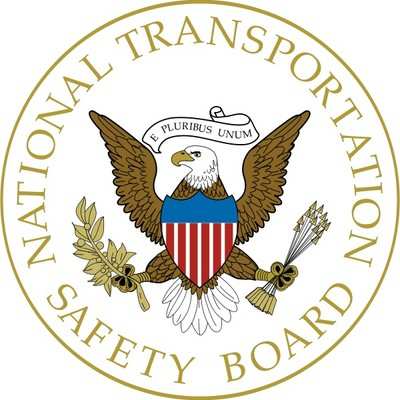The Aircraft Became Inverted Before Ground Impact
Location: Corning, IA Accident Number: CEN23FA059
Date & Time: December 5, 2022, 12:38 Local Registration: N99345
Aircraft: Engineering & Research Ercoupe 415-C Injuries: 1 Fatal
Flight Conducted Under: Part 91: General aviation - Personal

On December 5, 2022, about 1238 central standard time, an Ercoupe 415-C airplane, N99345, was destroyed when it was involved in an accident near Corning, Iowa. The pilot sustained fatal injuries. The airplane was operated as a Title 14 Code of Federal Regulations Part 91 personal flight.
An annual inspection was completed at a repair facility at the Rankin Airport (78Y), Maryville, Missouri. The airplane departed 78Y about 1200 and was flown by the pilot/owner back its home base at the Corning Municipal Airport (CRZ), Corning, Iowa. There were no eyewitnesses to the accident. A witness located near CZR reported that she saw the airplane approach runway 36 at a low altitude and high speed. Several nearby residents reported that they heard a loud crash and saw a fire in a cow pasture. The airplane wreckage was found about 900 ft from the departure end of runway 36. Evidence at the accident site showed that the airplane struck a 50-ft tall tree and electrical wires about 600 ft beyond the departure end of runway 36. The main wreckage of the airplane was found about 300 ft beyond the tree and electrical wires. When emergency personnel arrived at the accident site, the wreckage was engulfed in flames.
Examination of the accident site revealed that the airplane passed through electrical wires and a tree. The aircraft became inverted before ground impact. Several tree branches showed cuts consistent with rotating propeller blade contact, and a small piece of the right wingtip was found in the tree. One propeller blade leading edge showed marks consistent with contact of the electrical wire. Several ground scars consistent with propeller blade cuts were found along the debris path on a magnetic heading of 360-degrees. Examination of the runway did not show any skid marks associated with the landing gear tires of the airplane. It is unknown if the airplane touched down on runway 36. Examination of the runway and wreckage did not reveal any evidence of a on ground collision with wildlife.
Most of the airplane cockpit and fuselage structure was consumed by a post-impact fire. The outer portion of both wings (outboard of the main landing gears) and most of the empennage were separated, but intact. Flight control continuity from the cockpit to the ailerons, elevator, and rudders was established. (Note: The airplane was designed with automatically coordinated ailerons, nose gear, and rudder system via mechanical linkage from the cockpit. No rudder pedals were installed.) No pre-impact mechanical anomalies were found with the flight control system or airframe structure. The wheels and brake system were examined, and no anomalies were found. The engine was disassembled in detail, and no pre-impact anomalies were found. Both propeller blades had S-bends consistent with rotation at the time of impact.
According to Federal Aviation Administration (FAA) airmen records, the pilot held a student pilot certificate issued on April 5, 2018. No records were found indicating that the pilot held a private pilot certificate. According to FAA aircraft registration records, the pilot purchased the airplane on June 24, 2018. No pilot logbooks were available, so his career total flight time is unknown. The airplane was the only airplane owned by the pilot. Review of the airplane’s maintenance records showed that the airplane was flown about 35 hours since the pilot purchased the airplane in 2018. The aircraft had been flown 11 hours in the last 3 years, and 4.5 hours in the last year prior to the accident. In an interview with the repair facility technician at 78Y, the technician reported that when the pilot delivered the airplane for its annual inspection, a flight instructor was flying with the pilot.
 ANN's Daily Aero-Term (12.01.25): Convective SIGMET
ANN's Daily Aero-Term (12.01.25): Convective SIGMET ANN's Daily Aero-Linx (12.01.25)
ANN's Daily Aero-Linx (12.01.25) NTSB Final Report: Remos Aircraft GmbH Remos GX
NTSB Final Report: Remos Aircraft GmbH Remos GX Aero-News: Quote of the Day (12.02.25)
Aero-News: Quote of the Day (12.02.25) ANN's Daily Aero-Term (12.02.25): Coupled Approach
ANN's Daily Aero-Term (12.02.25): Coupled Approach



